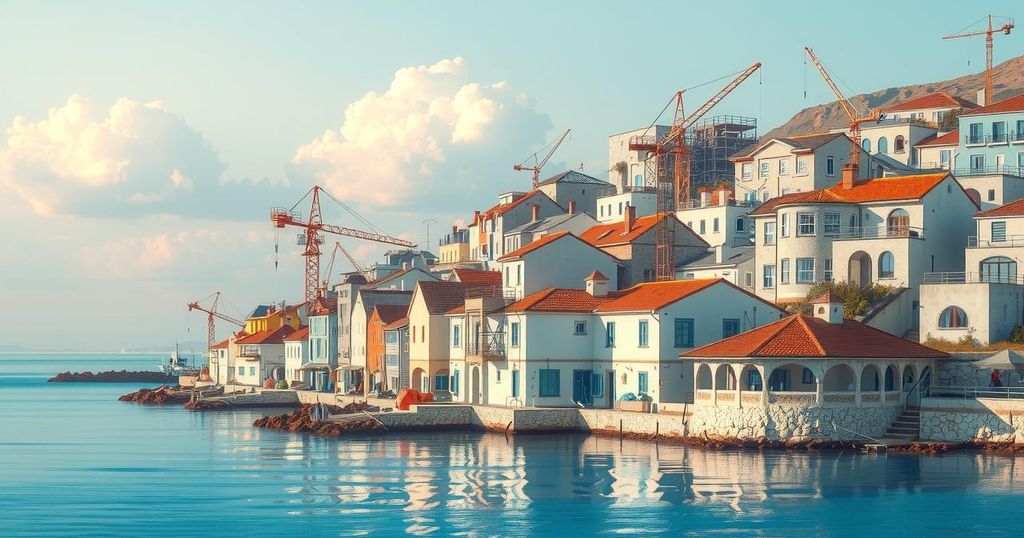The Mozambique Recovery Mechanism is facilitating the reconstruction of Macomia after Cyclone Kenneth, emphasizing resilience and sustainability in restoring essential infrastructure and services. The UNDP, in collaboration with the Government of Mozambique and international partners, is overseeing post-disaster recovery efforts. Key rehabilitation projects include district service buildings, a police station, educational institutions, and healthcare facilities, demonstrating a commitment to community welfare and improved living conditions.
On March 13, 2025, Macomia, a region heavily impacted by Cyclone Kenneth in 2019, is witnessing substantial improvements facilitated by the Mozambique Recovery Mechanism (MRF). The recovery efforts focus on reconstructing vital infrastructure that was devastated by the cyclone, emphasizing resilience and sustainability to enhance the living conditions of the local residents.
The UNDP has been instrumental in the post-disaster recovery initiatives in Mozambique, especially following the destructive effects of Cyclones Idai, Kenneth, and Freddy. These natural disasters caused immense devastation, loss of lives, and the displacement of thousands, with Zambézia Province suffering significantly from Cyclone Freddy while Cyclone Kenneth severely affected Cabo Delgado Province, including Macomia. The loss of essential public infrastructure has heightened the vulnerability faced by local populations.
In response to these disasters, the UNDP collaborated with the Government of Mozambique and global partners to establish the Mozambique Recovery Mechanism (MRF). This vital financial framework aims to sustain recovery efforts in affected communities. In Macomia, benefits of the MRF are visible through the rehabilitation of critical buildings, health facilities, educational institutions, and water supply systems, thereby restoring essential services to the community.
Notable projects under the MRF include the rehabilitation of District Services for Planning and Infrastructure (SDPI) Buildings, now solar-powered and secure, providing services to over 30,000 residents. The operational Macomia Police Station enhances local security, while improved access to justice is facilitated through the Macomia Attorney Building, which serves over 138,000 individuals. Additionally, new classrooms at local schools, a maternity ward for maternal health, and upgraded healthcare facilities significantly benefit the local population.
The MRF continues to foster positive transformation in Macomia by rebuilding lives and fortifying communities. Gratitude is extended to the funding partners who support these recovery efforts, particularly the European Union for its major contributions, alongside Canada, Finland, the Netherlands, Norway, India, and China.
In related developments, the MRF has also initiated vocational training programs, provided work kits to beneficiaries, and invested in the rehabilitation of local schools and healthcare facilities, enhancing the resilience of communities throughout Mozambique.
In summary, the Mozambique Recovery Mechanism has significantly contributed to the rebuilding and enhancement of infrastructure in Macomia, promoting resilience and sustainability following the devastation of Cyclone Kenneth. The collaborative efforts between UNDP, the Government of Mozambique, and international partners have played a vital role in restoring essential services and improving community welfare through rehabilitated buildings, health centers, educational facilities, and security services. Continuous support and funding from international partners remain crucial in driving the ongoing recovery and development initiatives in the affected regions.
Original Source: www.undp.org




